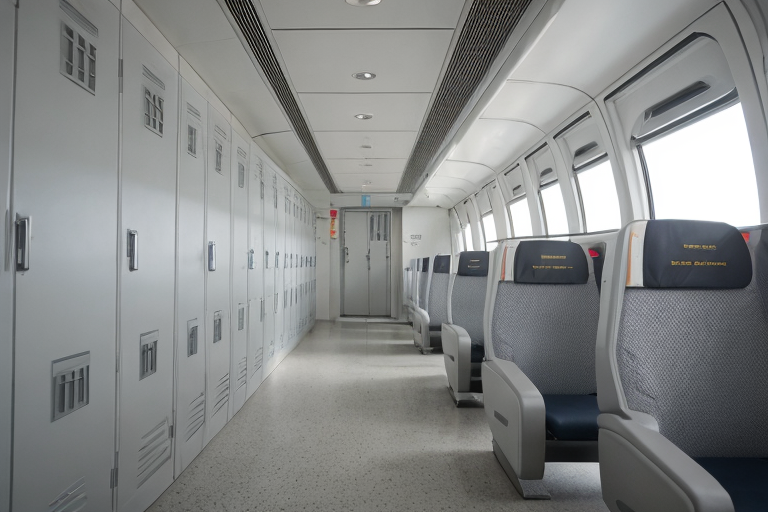Rivalry among Gulf States has intensified as airport expansion projects in the region reach new heights. Saudi Arabia’s King Fahd International Airport currently holds the title of largest airport globally by area at a staggering 780 square kilometers, surpassing neighboring Bahrain’s size. However, plans for a six-runway facility on this site in Saudi Arabia aim to accommodate up to 185 million passengers yearly – considerably higher than Hartsfield–Jackson Atlanta International Airport’s capacity of 110 million travelers annually.
Dubai has now thrown down the gauntlet with ambitious plans for a new $34.8 billion (AED 128bn) passenger terminal at Dubai World Central – Al Maktoum International, aiming to become the world’s busiest airport by handling up to 260 million passengers annually – surpassing its current limit of approximately 150 million yearly. This project will make five times the size of existing facilities in operation at Dubai International Airport and have room for around tenfold more flights than it can handle now, according to Sheikh Mohammed bin Rashid Al Maktoum, ruler of Dubai.
Dubai World Central is one of two international airports serving Dubai; the other being Dubai International Airport (DXB), which was recently ranked second busiest globally by passenger volume but will eventually transfer all operations to its newer counterpart as part of an expansion plan for DWC – Al Maktoum International.
The new airport is a central component in the development of a larger scheme, called Dubai South (formerly known as “Dubailand”), covering 145 square kilometers and featuring eight neighborhoods dedicated to specific industries or activities with residential and commercial areas also included. The project’s overall aim is for it to become an urban hub that will accommodate the world’s leading companies in logistics, air transport sectors while providing housing facilities for a million people.
The airport expansion projects aren’t restricted only to Dubai as Hamad International Airport in nearby Qatar plans to boost capacity above 60m passengers annually soon after it added two new gates and expanded its terminal last year. Other notable developments include the opening of Muscat, Oman’s $1.8bn brand-new airport in 2018, Bahrain’s November inauguration of a grand new Terminal A with an initial capacity to handle up to 79 aircraft simultaneously and approximately double its handling capacity soon enough – and even Kuwait International Airport plans to add another terminal by renowned British architectural firm Foster+Partners designed to accommodate around 25 million passengers annually, which could potentially be doubled in the future. Furthermore, Sharjah’s main international airport for budget carriers, Air Arabia has been enhancing its capacity limits from their initial set at twenty-million travelers yearly.
As these projects progress over decades to come and a new wave of megairports comes into play worldwide (e.g., Beijing Daxing International Airport), the race between Gulf States for airport supremacy is far from finished, with Saudi Arabia’s King Fahd International still holding onto its world record by area size at present.
Airport Expansion Race Heats Up in Gulf States as Dubai and Saudi Arabia Compete for Supremacy
•
Recent Posts
Advertisement
Advertisement example


Leave a Reply